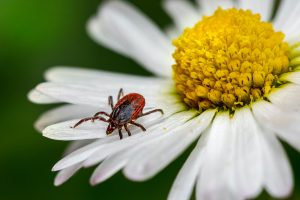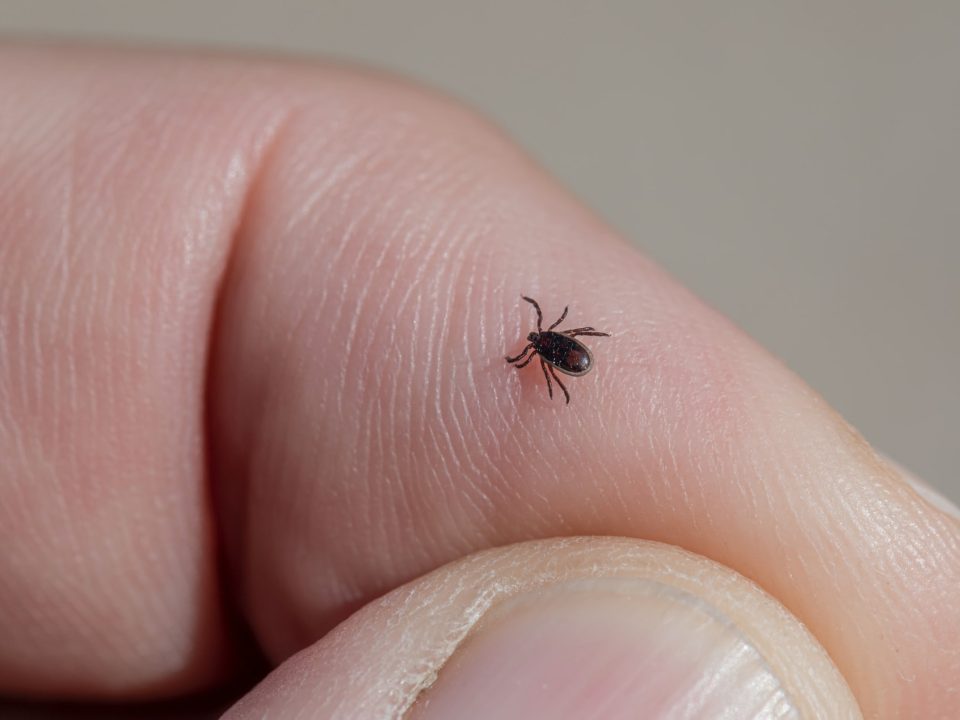
Working With an Integrative Medical Provider
May 31, 2022
Alcohol Digestive Aids | Prevent Hangovers & Drink Healthier
July 1, 2022
Preventing Lyme disease is an important part of summer outdoor safety.
It’s summertime and we’re all so excited to get back outside, enjoy time in the sunshine and the great outdoors, and for many of us that includes activities such as hiking, camping, and time in the woods. But time spent in nature isn’t without its own risks. Sunburn is easily prevented with regular application of sunblock, but what about some of the hidden dangers of the forest such as ticks and Lyme disease?
While the most common recommendations for preventing Lyme disease include advice such as avoiding the forest (hard to do when you are camping), anywhere that deer are prevalent (which feels like just about everywhere these days), what exactly are the alternatives? For those of us who look forward to spending summer days and nights with family and friends hiking and boating and fishing and camping, there has to be a better way to prevent Lyme disease than by simply staying inside and dousing ourselves in harmful chemicals such as DEET when we do venture into the forest.
Good news is there are other ways to prevent Lyme disease that don’t require slathering on DEET and avoiding outdoor time. We’re here to help with a few recommendations to keep you and your family safe all summer long.
Tips for Preventing Lyme Disease
Essential oils can be a great natural prevention tool for Lyme disease by repelling the deer ticks that carry the bacteria that causes this disease. Some oils have been proven to be more effective than others, such as cedar oil, eucalyptus oil, and tea tree oil. It’s important to note that at full strength essential oils can be an irritant or cause allergic reactions in some people so be careful and always test a small amount prior to applying for your outdoor adventure! Another important thing to note with essential oils and essential-oil-based repellents is that the concentration of the product will greatly affect its efficacy. The CDC recommends oil of lemon eucalyptus (OLE) as the most effective in line with DEET and other chemical repellents but also recommends regular reapplication of every 2h at a minimum.
Another way to prevent Lyme disease is to wear proper attire for the conditions and activity you plan to do. For example, hiking in the mountains should always be done with long-sleeved shirts tucked into pants, long pants preferably tucked into socks or tall hiking boots, and a hat. Believe it or not, ticks can fall out of branches and brush and burrow in your hair. Ew, gross! The more covered you are, the harder it is for a tick to bite you and attach to the skin.

Ticks can lurk almost anywhere in nature, making lyme disease prevention an important part of any outdoor activities.
Checking for Ticks After Outdoor Activities to Prevent Lyme Disease
Even more important to note is that if a tick is removed in under 24 hours, it is a lot less likely to be able to spread the bacteria that causes Lyme disease. The CDC notes that ticks can feed for several days, and the longer they are attached, the more likely it is that they spread any diseases or bacteria they may have picked up from prior hosts. Because of this, it’s extremely important that after any outdoor activities where ticks may be present that you check yourself thoroughly. Ticks can take anywhere from a few minutes to several hours to attach to their host (you!) and begin feeding. Once there, they can hang on for several days and in some cases, even have an anesthetic in their saliva that makes it even harder to notice you have picked up a stowaway. So what exactly do you need to check?
Great question! Once you return from your outdoor adventures, whatever they may be, it’s important to toss your clothes in the dryer on high for 10 – 15 minutes to kill any ticks that may be on board. Check yourself thoroughly in the mirror, including under armpits and behind knees and elbows, along your hairline, and around your ankles. A hot shower can also make it uncomfortable for the ticks to attach and give you the opportunity to remove them before being bitten. Of course, if you have pets, make sure you have properly treated them before your adventure, and checked them over thoroughly upon your return so that they do not inadvertently pass a tick from their fur to you!
When camping or spending all day outdoors in the summer months, it is even more important to repeat all of the above steps throughout the day, any time you are around a high-risk environment. That means reapplying repellent, checking pets and children, and yourself regularly. Always remember that old saying – an ounce of prevention is worth a pound of cure!
Should things go awry, or you are concerned you have Lyme disease or another tick-borne disease, we are here to help. Dr. J. Andre Garabedian MD, is board-certified in Family Practice and is also board-certified in Integrative Medicine and a part of the International Lyme and Associated Diseases Society. While Dr. Garabedian has been providing comprehensive care for patients of all ages for decades, he holds a special interest in the research and management of Chronic Fatigue Syndrome which can sometimes be linked to Lyme disease. Above all, be safe this summer and enjoy!



